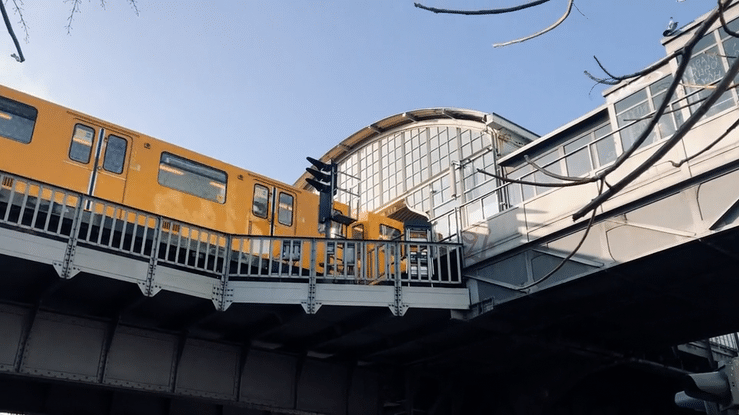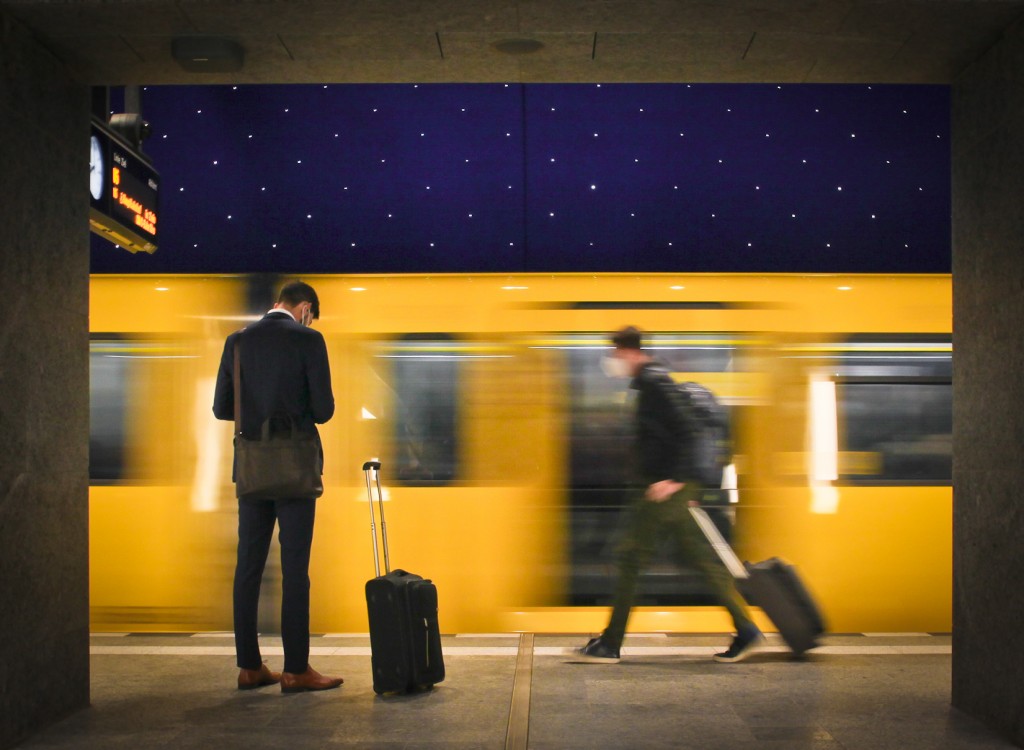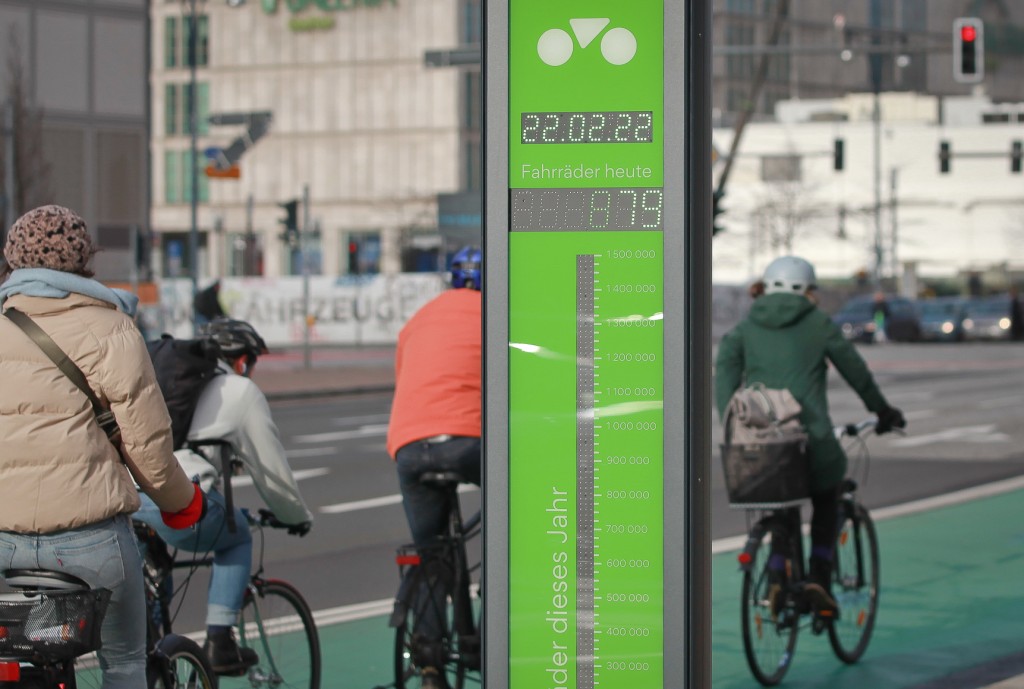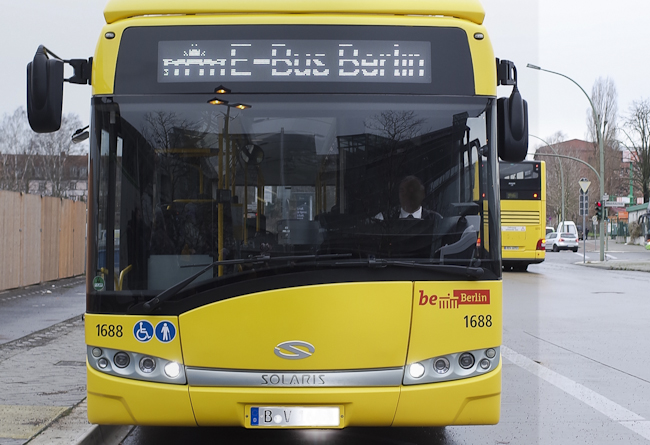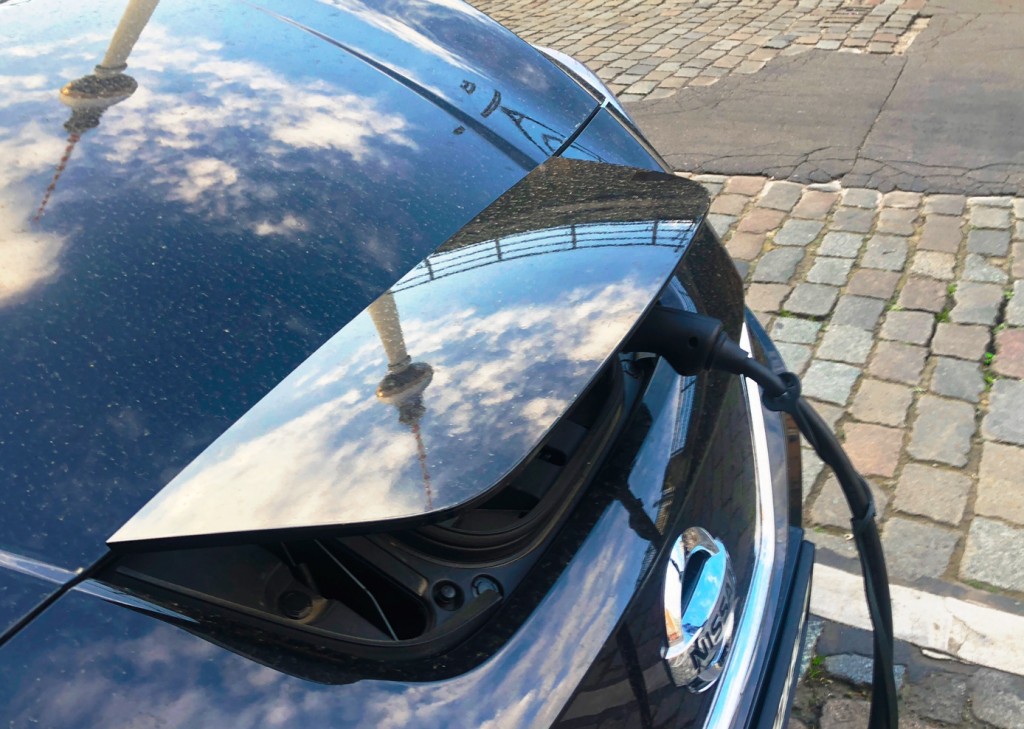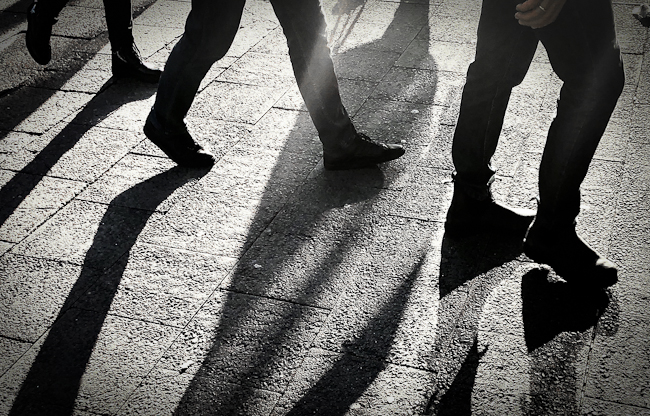Reconnection and mobility transition -tasks after reunification
The Berlin Mobility Law – Roadmap for a sustainable and climate-friendly mobility policy
The new public transport plan 2019
In March 2019, there is also a new local transport plan to support mobility transition, with an investment budget of a remarkable 28 billion euros by the year 2030. Existing deficits in public transport will be reduced and offers will be improved, as well as intensified networking within the metropolitan region of Berlin-Brandenburg for commuters and commercial traffic. The stock of waggons for the subway is to be increased by 30% to 1650, there are 500 new waggons for the S-Bahn, also an extension of cycle lanes. Three tram lines will be extended by 85 kilometers and buses will be ordered for 810 million Euro to operate further E-bus lines by 2030.
Since regional settlement development planning is mainly based on the connection to existing radial railway lines, commuters are expected to see an increase in the number of people transferring from the car. There was a clear rejection of the Senate regarding the expectations of the still increasing passenger car traffic, which is still tied to combustion engines. Meanwhile a City toll system like in London is under discussion.
Charging infrastructure
In spring 2022, there will be around 1900 charging points for cars or light commercial vehicles such as scooters, scooters etc. on public or private property throughout the city.
An overview map you can find here. For the further expansion of the urban charging infrastructure by 2030, a municipal company is now to build 2,000 additional new public charging points at a cost of approximately 10 million euros. At least 200 of these are planned as fast charging points.
Pedestrian traffic law
In addition, the first pedestrian traffic law in Germany is being prepared for 2019, which will take account of the already agreed equality of traffic modes by establishing legally binding provisions in the process of mobility transition. The measures will seek “Vision Zero” to increase pedestrian safety and enhance walking-friendly infrastructure in the process of urban transformation. In the past year, accidents in the central districts of Mitte and Charlottenburg-Wilmersdorf have increased again, with 13 casualties.
